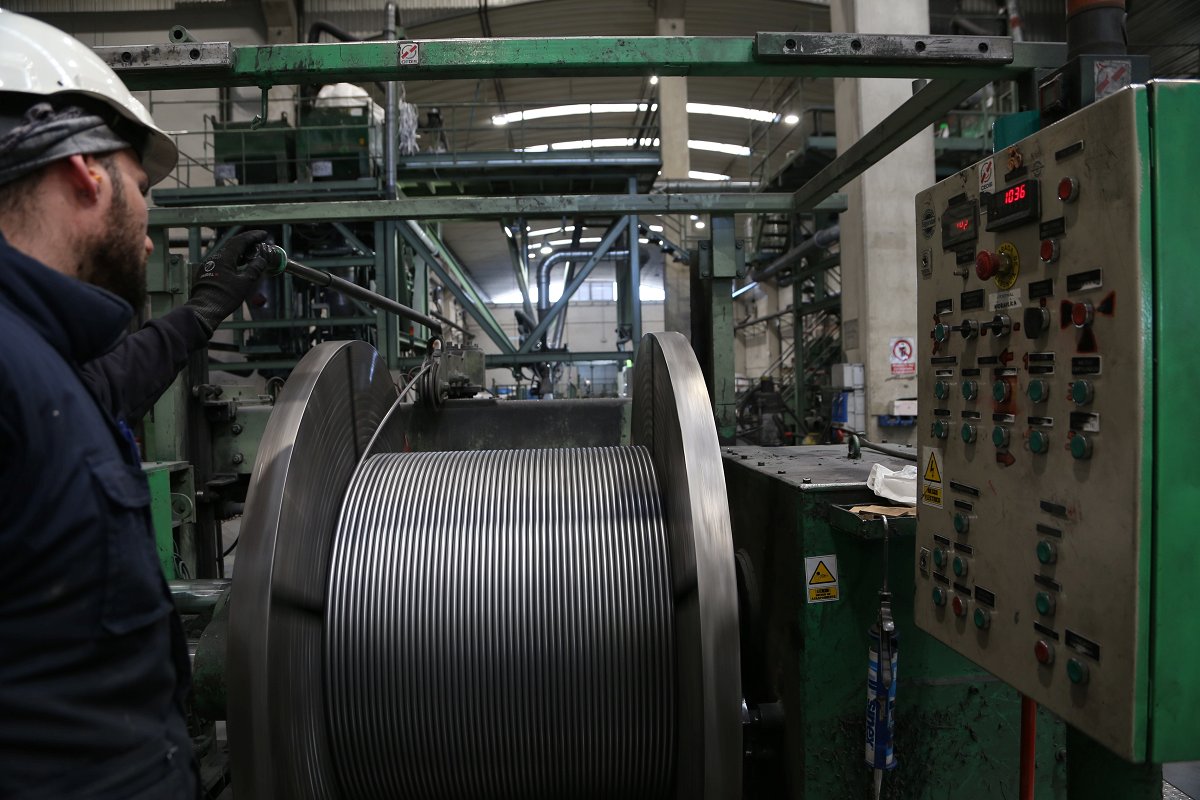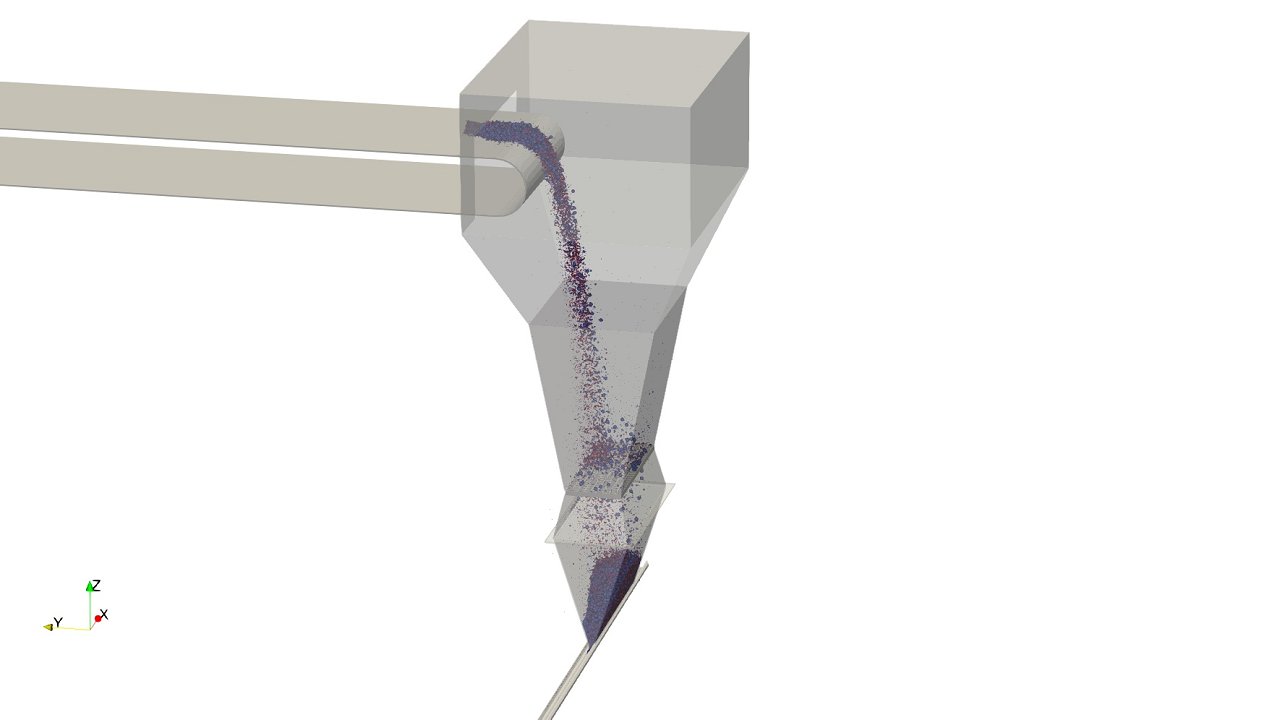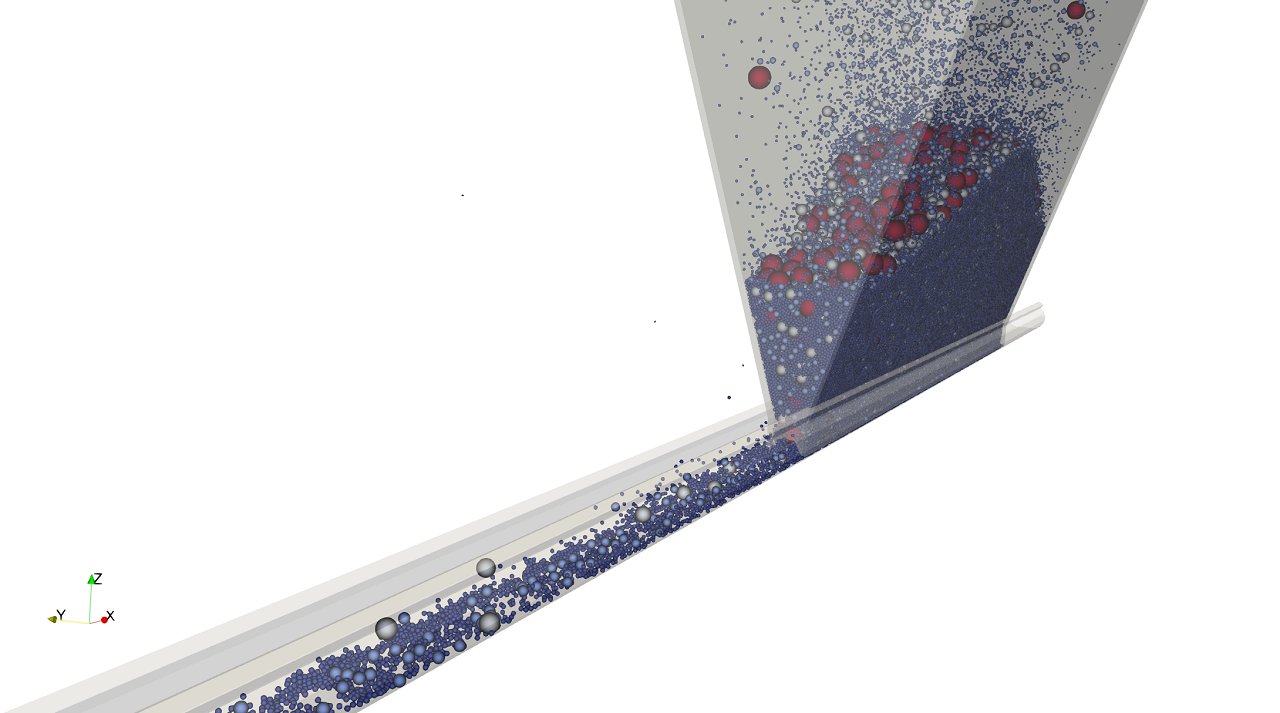HPC Simulation of Metal Powder Segregation in the Manufacturing of Cored Wire
To enhance productivity and economic profits and reduce the generation of material waste, this experiment proposes to use DEM models (implemented in open-source code) to predict segregations of metal particles during the initial production stages of cored wire. CEDIE manufacturing company (a first-time user of HPC), in collaboration with CITMAga and GOMPUTE undertook the implementation, validation and execution of an accurate numerical tool, aimed to enhance CEDIE’s productivity and final product quality.
SECTOR: Manufacturing
TECHNOLOGY USED: HPC, DEM Simulations
COUNTRY: Spain
The challenge
Cored wires manufactured by CEDIE are used as an industrial input in steel mills and other metal foundries. This product allows its clients to make fine adjustment to the physical properties of their final products. As it is the last step of its clients’ process, the cored wire quality (i.e. composition) is of the utmost importance. As the core of the continuous wire must contain a metal powder made of a mixture of poly-disperse granular materials of various densities and particle sizes, undesirable segregation between the different metal particles occurs during the wire filling process, especially at the beginning of the production, making the first portion of the final manufactured cored wire unsuitable due to its high inhomogeneity. On average, an annual 1.5% of the coils’ length produced by CEDIE are rejected because of a lack of uniformity. This leads to inefficiencies in production, generation of material waste and, consequently, high economic losses. The goal of the experiment was to optimise the wire filling process to reduce segregation in the final product, contributing to a more economically and environmentally sustainable manufacturing process.
The solution
The experiment used the Discrete Element Method (DEM) to predict numerically the segregation during the initial production stage of the cored wire. Different filling operational conditions (mass flow rates, conveyor belt velocities) were simulated to determine options for design modifications to reduce segregation.
The DEM model was implemented by CITMAga using an open-source code. The material parameters involved in the numerical model were calibrated via studies performed for granular flows in simplified configurations. The model has been validated against experimental results (comparing the averaged concentration distribution in different sections) and the final numerical results for the industrial filling process were compared with measurements obtained during production. Since DEM simulations require a huge computational effort, the execution of HPC resources, provided by GOMPUTE in the experiment, is essential.
Business impact, Social impact, Environmental impact
The experiment enables CEDIE to improve the manufacturing process of cored wire by reducing deficiencies. The savings in material waste are estimated to be 90%, resulting in an estimated cost reduction of up to €375,000 over 4 years. In practical terms it provides a detailed understanding of the process, opening a window for exploring new designs for bins and conveyor layouts as well as new types of mixtures in the medium term. Thus, CEDIE’s competitiveness will increase by developing new products before competitors and maintaining cost-efficient and more eco-friendly production. These business levers determine the framework for assuring its sustainability.
For CITMAga and GOMPUTE, knowledge gained from the experiment is valuable for consulting projects regarding DEM simulations in other industrial sectors.
CEDIE is located far from high-density industrial regions and from the centre of gravity of steel and foundry production in Europe. Despite this strong drawback, this experiment contributes to sustaining and consolidating highly qualified employment in a depopulated region.
Benefits
- 90% reduced material waste leads to an increase in profit for CEDIE of up to € 375,000 over 4 years.
- CEDIE has a tool to increase the intrinsic quality of its products and its competitiveness.
- CITMAga expects revenues of €30,000 per year by applying DEM know-how to other industrial sectors.
- GOMPUTE expects revenues of €20,000 per year with new customers in the field of HPC DEM simulation.
Organisations involved:
End user: CEDIE
Domain expert: CITMAga
HPC provider: GOMPUTE




